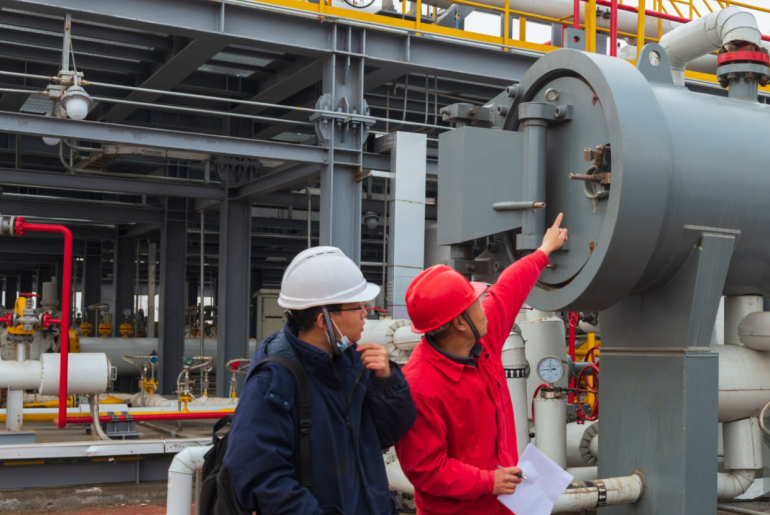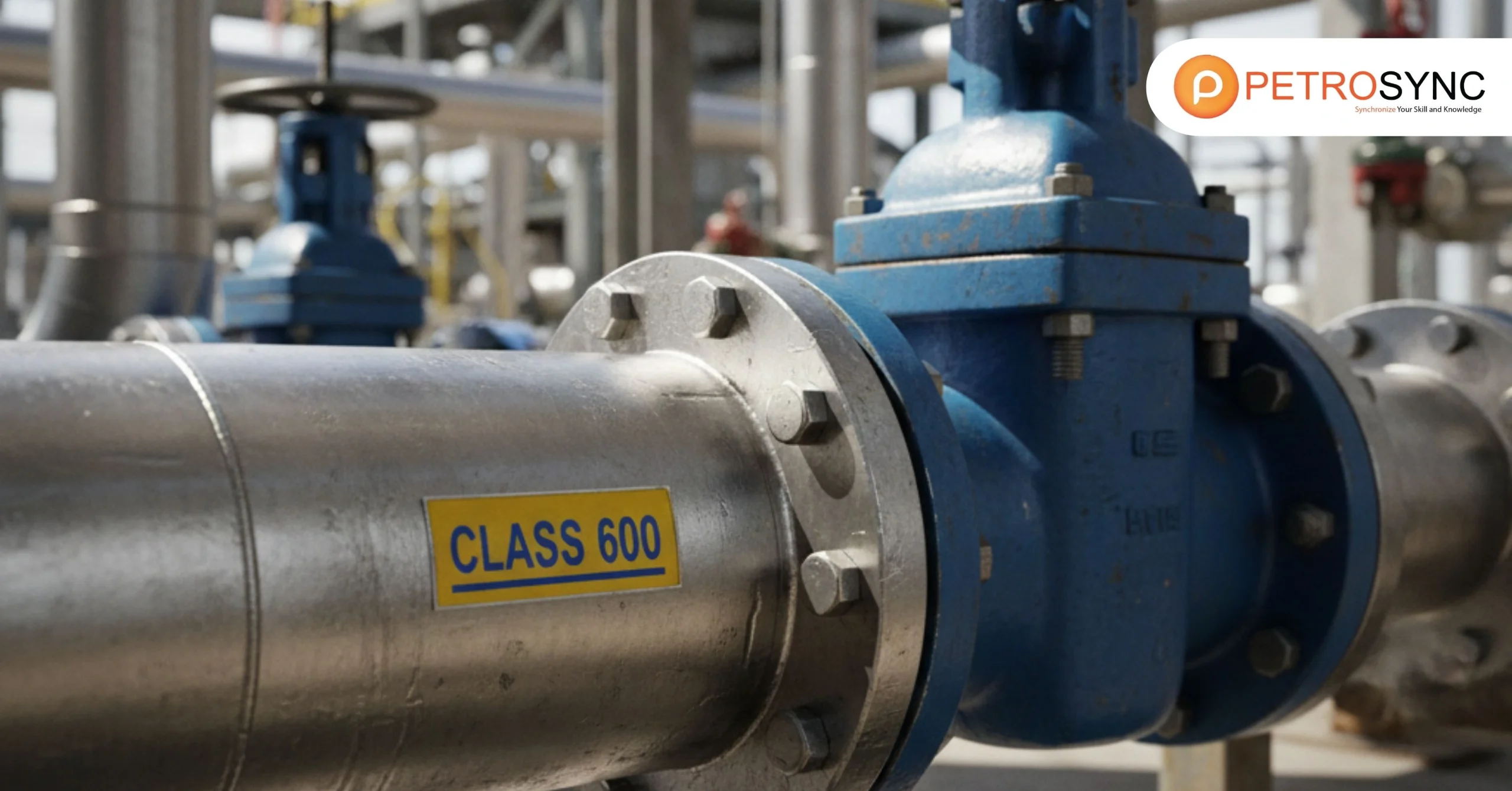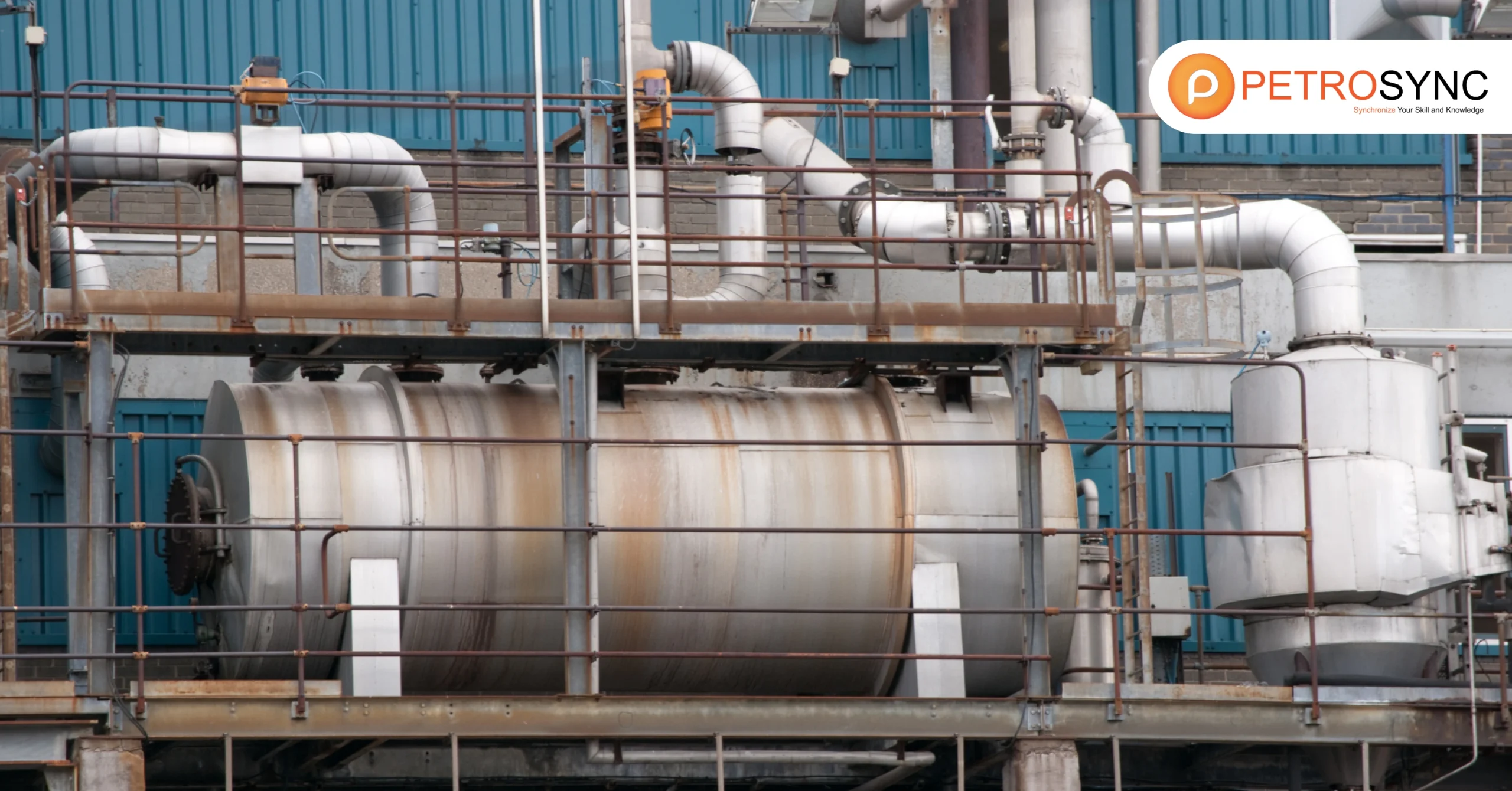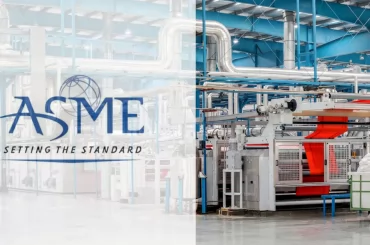In this article, we will explore the ins and outs of pressure vessels certification, looking at how they play a crucial role in making sure things work well and follow the rules. Before we dive into the details of ASME stamps and how to get them, it’s important to first understand the big picture of pressure vessel certification and its significant impact on keeping workplaces safe
What Is A Pressure Vessel Certification?
A pressure vessel certification, such as the one provided by the ASME Boiler and Pressure Vessel Certification Program, is a formal acknowledgment that a pressure vessel meets specific safety and quality standards.
The ASME BPVC Certification Program ensures conformity to the rules governing the design, fabrication, assembly, and inspection of boiler and pressure vessel components during construction. This certification guarantees that the vessel is built, installed, and operated according to established regulations, ensuring structural integrity and minimizing the risk of accidents or failures.
What Is ASME Certification?
ASME certification, a formal recognition by the American Society of Mechanical Engineers (ASME), signifies that a product is manufactured to the highest standards of safety and quality. It is awarded to products, systems, and organizations that meet specific criteria, ensuring adherence to established guidelines and regulations for design, manufacturing, and operation. ASME certification assures that the certified entities prioritize safety, reliability, and efficiency in their engineering practices.
What Is The Difference between ASME U and ASME UM?
The main difference between ASME U and ASME UM lies in their applications within the ASME Boiler and Pressure Vessel Code. ASME U is a certification for the fabrication of pressure vessels, indicating that a manufacturer has the expertise to design and build pressure vessels according to specified standards.
The main difference between U and UM is that UM vessels are smaller in volume than U vessels, even though both size vessels can have similar operating pressures. Manufacturers with ASME UM certification are qualified to fabricate these smaller vessels in compliance with the established standards. Essentially, the distinction lies in the size and scope of the pressure vessels covered by each certification.
What Is ASME Standards Pressure Vessel?
ASME standards for pressure vessels refer to guidelines established by the American Society of Mechanical Engineers to ensure the safe and reliable design, fabrication, and operation of pressure vessels.
These standards outline specific criteria and requirements for the materials, construction, and testing of pressure vessels, aiming to enhance safety and performance. Manufacturers follow these standards to obtain ASME certification, indicating that their pressure vessels meet the prescribed quality and safety benchmarks. ASME standards are crucial in maintaining consistent and high-quality practices across the industry.
How Is the Process of ASME Pressure Vessel Certification?
The ASME pressure vessel certification process involves several key steps:
1. Design and Engineering
The process kicks off with the design and engineering phase. Engineers must follow ASME BPVC guidelines, ensuring that pressure vessel designs adhere to specifications for material selection, thickness, and stress analysis.
2. Fabrication
Manufacturers adhere to ASME guidelines during the fabrication stage. This includes using materials that meet ASME standards and following specified procedures for welding and construction. Welders involved in the process must hold ASME certification.
3. Inspection and Testing
Stringent inspections and tests are carried out to confirm compliance. These assessments may involve non-destructive testing methods like X-ray and ultrasonic tests, as well as hydrostatic testing and visual inspections.
4. Documentation
Thorough documentation of the entire process is crucial for ASME certification. This includes detailed records covering the design, fabrication, and testing phases. The documentation must provide a comprehensive account of materials used, welding procedures, and inspection reports.
5. ASME Stamp
Upon successfully meeting all requirements, pressure vessels receive an ASME stamp. This stamp serves as a clear indicator of compliance with the ASME BPVC. The specific type of stamp, such as U-Stamp or R-Stamp, depends on the intended application and usage of the vessel.
What Are Some Common Types of ASME Pressure Vessel Certifications?
There are several common types of ASME pressure vessel certifications:
1. U-Stamp
The U-Stamp is a widely used certification for general-purpose pressure vessels. It applies to various items such as storage tanks, heat exchangers, and air receivers, covering a broad range of applications.
2. R-Stamp
The R-Stamp is specifically for certifying repairs and alterations made to pressure vessels. Whenever a pressure vessel undergoes repairs or modifications, obtaining the R-Stamp ensures compliance with ASME standards, ensuring ongoing safety and reliability.
3. S-Stamp
The S-Stamp is designated for the manufacturing and assembly of power boilers. Power boilers, commonly found in power plants, are crucial for generating steam used in electricity generation.
4. A-Stamp
The A-Stamp is for pressure vessels manufactured through brazing, a joining process that uses filler metal. ASME certification guarantees that brazed pressure vessels meet established safety and quality standards.
5. H-Stamp
The H-Stamp is assigned to heating boilers used in heating systems. These boilers are prevalent in residential, commercial, and industrial heating applications.
6. PP-Stamp
This certification is for pressure vessels employed in petrochemical and chemical processes. It ensures that these vessels are designed and manufactured to withstand the often corrosive and high-temperature conditions found in these industries.
7. HLW-Stamp
The HLW-Stamp is specific to pressure vessels used in nuclear power applications. Meeting exceptionally stringent safety and quality standards is crucial for pressure vessels utilized in nuclear reactors and related systems.
In the industrial sector, getting certification for pressure vessels and the associated stamps is highly important. Certifications like U-Stamp, R-Stamp, and others show that a company follows strict safety and quality standards ASME sets. These certifications go beyond just meeting regulations; they build trust in businesses and industries.
They assure everyone that the pressure vessels are reliable and safe, meeting the best engineering and manufacturing standards. This assurance doesn’t just improve safety measures but also fosters trust in the market.
Furthermore, its impact goes beyond individual companies, setting a standard for excellence in the entire industry. In simple terms, the careful process of obtaining certifications and stamps not only prevents potential risks but also strengthens and adds credibility to both business and industry practices.
Credit header image: iStock

SEO specialist by day, fact-checker by night. An avid reader and content writer dedicated to delivering accurate and engaging articles through research and credible sources.






